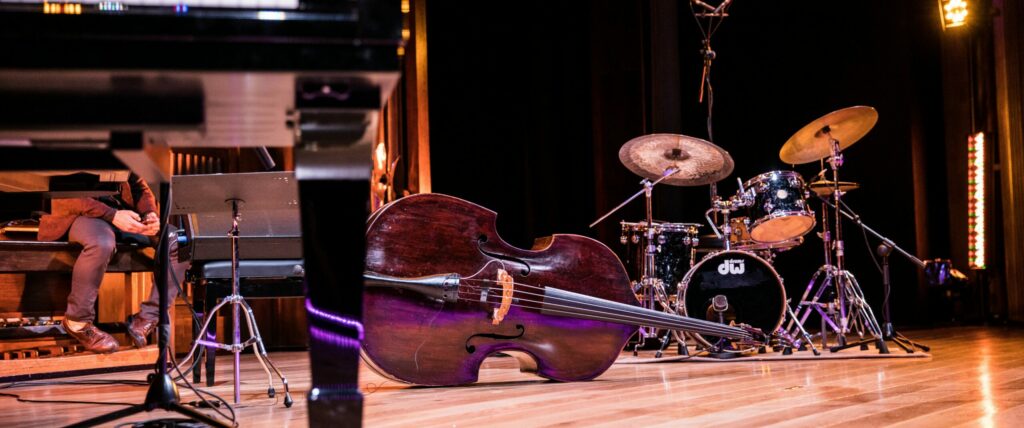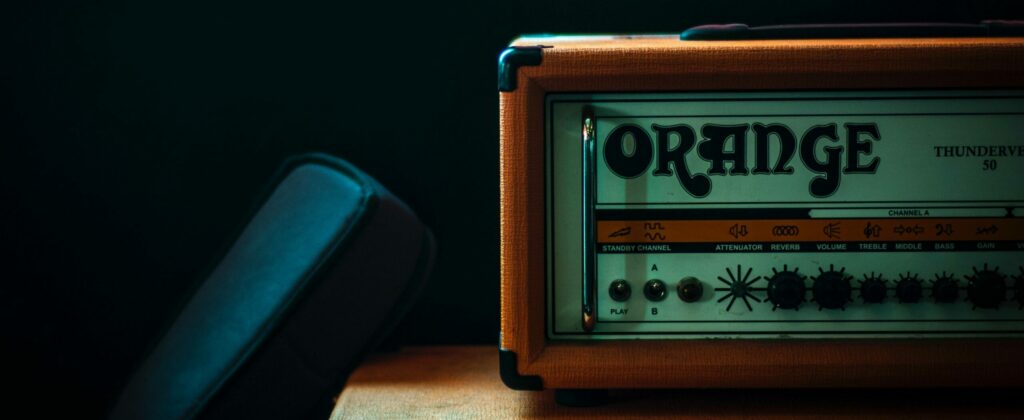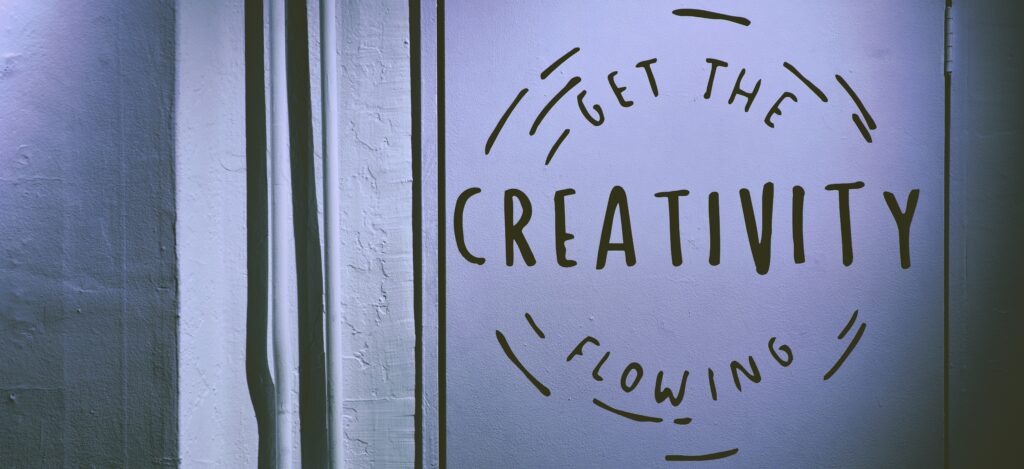Every good mix begins with a good recording. Weeks of intense mixing won’t make up for poor performances, faulty equipment, out-of-tune instruments, or improper acoustic room treatment. In the world of music production, there are certain standard ways of doing things. These include gain staging, microphone placement, soundproofing, and a host of other measures. These tried-and-true recording techniques will lead you to better recordings and teach you important skills along the way. But all rules are meant to be broken, at least sometimes.
While you’re best off following most of the standards set over years of music production history, experimentation always has its place. This spirit of innovation drives the industry forward. Some of our most beloved albums and songs implement bizarre recording techniques that the average producer might have deemed blasphemous or downright wasteful at the time. Just like the music itself, there is no limit to the creative possibilities of a studio. As long as sound goes in one end and comes out the other, you can record anything in any way you desire. So let’s take a look at 5 wacky recording techniques anyone can try in their own studio. Who knows, one of them might spark some inspiration for your next recording!

1. Mimic Effects with Physical Motion
Mixes really come into their own with the proper use of effects. Some vocal delay, snare reverb, and bass distortion can go a long way. Certain songs require a more liberal application of effects processing. Whatever the case, we often turn to digital devices or plugins to achieve these additive and otherworldly sounds. But, with enough ingenuity, many of these effects can be achieved outside of the box. It simply requires an understanding of the main concepts of the effects you use. And the result is usually quite unique.
For instance, consider the phaser effect. Electronically, this swirling sound derives from feeding a signal back to itself and creating a copy. This copied signal then passes through filters that boost or cut the amplitudes of certain frequencies. You can hear the phase differences in the audio, marked by a sweeping sensation. How could one replicate this effect in physical space? To start, you would need two microphones to capture two signals from the same audio source. Then, one microphone would have to stay in place while the other moves away and then back toward the source. Due to spatial differences, directionality, and sound reflections, the frequencies of each signal will differ. This results in the exact same phaser effect you’re used to hearing on your guitar pedal or plugin.
This is just one way to create effects using physics. Imagine how you could similarly rig a delay or Doppler chorus effect using physical motion and other techniques. In fact, many of these effects first came about from such analog methods.
2. Put That Crappy Gear to Use!
If you want the best recordings, you need to use the best gear you can afford. This doesn’t mean that cheaper or even broken gear can’t contribute to a recording, however. This isn’t just about being a good environmental citizen by recycling your old stuff. Mixing in elements of out-of-tune instruments, busted cymbals, and other random objects can really spice up your mix. For instance, you can add a subtle “crappy” drum track underneath the main one to introduce some grunge to the overall drum sound. Or, you can isolate a moment of these less-than-optimal sounds to make a bridge stand out in eerie contrast. Your bad gear shouldn’t be the meat and potatoes of your mix, but why not use it as seasoning?
3. Place a Room Mic…Where?!
Another way to achieve strange tones is by placing room microphones in odd locations. You always want to use your best mics and proper spacing techniques for main recording purposes. However, if you have another mic or two lying around, why not also record some distant, reflective takes? These, like the “bad instrument” takes, can be used to texture the main track. If the drums feel too flat, bring out the room mic you placed in the corner of the room to reintroduce some space. If you want a muffled sound for part of the song, place a room mic behind a wall, door, or other obstruction. The possibilities are endless. If the mic cables can reach, put it there and see what happens.

4. Reamping Signals Other than Guitar
When we discuss re-amping recording techniques, we typically refer to their applications for recording guitar takes. However, nothing prevents you from sending other signals through your pedal chain and amplifier as well. What would the vocals sound like when sent through a distortion and tremolo pedal and blasted through the amp? What about drums? Obviously, be careful when going through this process. Pay attention to the power of the signal and the ways in which you’re routing it. A blown speaker could turn out cool on the record, but no one wants to deal with getting it fixed or replaced. This is a great example of creative techniques for recording that can lead to unexpected results.
5. Switch Up Your Order of Operations
Unless you’re recording a live band, you probably have a standard order of recording. Most people do drums and bass first to set up a strong foundation, and then go on to guitars and other instruments before ending with vocals. This operation works, but it’s not so rigid. What would happen if you recorded vocals first? How would that change the rest of the process or the song itself? If you’re in a creative rut, reversing or scrambling your typical recording order can revitalize your process. Rather than stacking from the bottom up, you can look from the top down. It’s a thrill to attempt matching a bass line to a vocal melody (not vice versa) for a change. Utilizing diverse studio recording techniques can lead to fresh outcomes.

Conclusion
If there’s any takeaway here, it’s that the studio is your laboratory for experimentation and radical ideas. Yes, follow certain guidelines and production techniques to achieve a good recording first and foremost. But don’t be stifled by these rules. Once you know what you’re doing, liberate your creative spirit and try new things. You may be the first to discover a breakthrough in recording techniques!
About the Author

Ethan Keeley
Writer, Voice Talent, Musician, and Audio EditorEthan Keeley is a musician, voiceover talent, and writer from Rochester, New York. When he's not on tour with his band Unwill he's working on new songs and stories.
Leave a comment
Log in to comment


